Search Images
Browse Content (p. 1178)
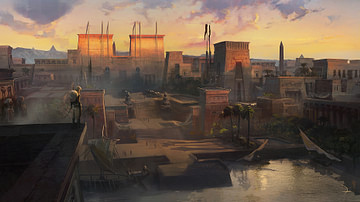
Image
Egyptian Memphis Reconstruction
An artist's impression of Memphis, Egypt. (From the computer game Assassin's Creed Origins)
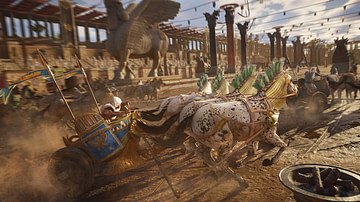
Image
Ancient Chariot Race
An artist's impression of a chariot race in an ancient hippodrome. (From the computer game Assassin's Creed Origins)
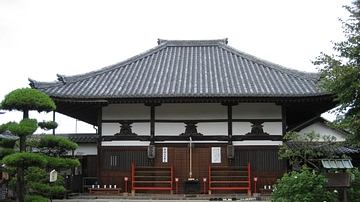
Image
Asuka-dera, Nara
Asuka-dera today. Original buildings constructed by Gogureyo and Baekje craftsmen.

Image
Inscribed Sword Gifted to Yamato
Inscribed seven-branched sword ostensibly made in Baekje in 360 CE and gifted to Yamato. Photo credit: Kai Hendry after https://www.flickr.com/photos/hendry/189880424/ (left) and G. L. Barnes (right) after fig. 117 in G. L. Barnes (1999...
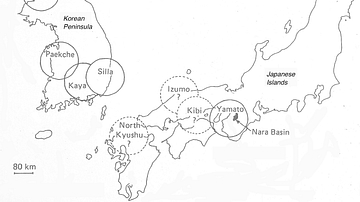
Image
The Korean Peninsula and the Japanese Archipelago, 3rd-6th century CE
Map of Pen/Insular states and potential centres in the 3rd–6th centuries CE.
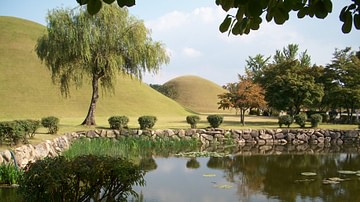
Image
Tumuli Park, Gyeongju
Silla tombs in the Tumuli Park, Gyeongju, Korea.
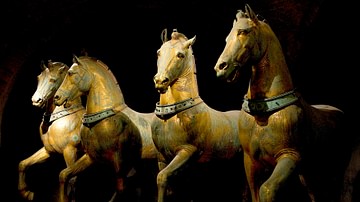
Image
Horses from the Hippodrome of Constantinople
Four bronze horses which were once part of a chariot group which stood atop the monumental entrance gate of the Hippodrome of Constantinople. They are now in St. Mark's cathedral, Venice, Italy after being taken as booty in 1204 CE during...
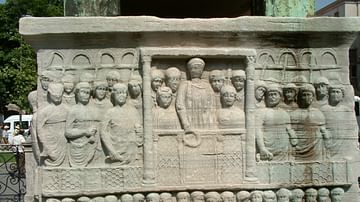
Image
Roman Emperor at the Hippodrome
A relief scene showing a Roman emperor (probably Theodosius I) with his entourage in the royal box at the Hippodrome of Constantinople. From the 4th century CE base of the column of the obelisk of Thutmose III which once stood in centre of...
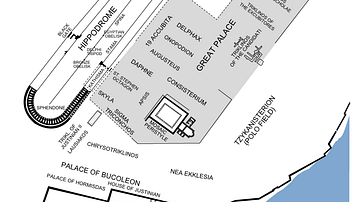
Image
Plan of the Hippodrome of Constantinople
A plan showing the layout and location of the Hippodrome of Constantiople, in use from the 3rd to 13th century CE.
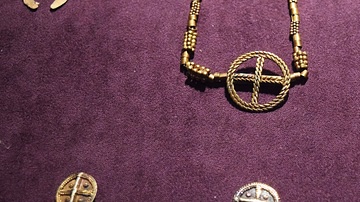
Image
Ancient Jewelry from Armenia
This picture shows a collection of jewels and jewelry (necklaces, pendants, beads) made of gold, tin, and sardonyx. These pieces were made in the 15-13th century BCE in what is present-day Armenia. (Metsamor Historical-Archaeological Museum-Reserve...